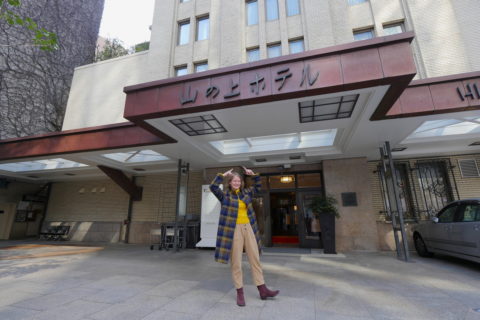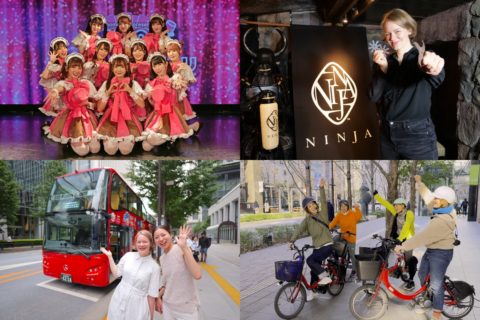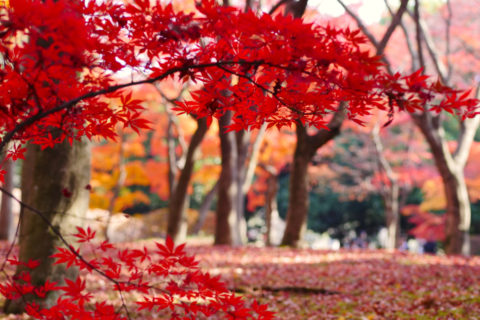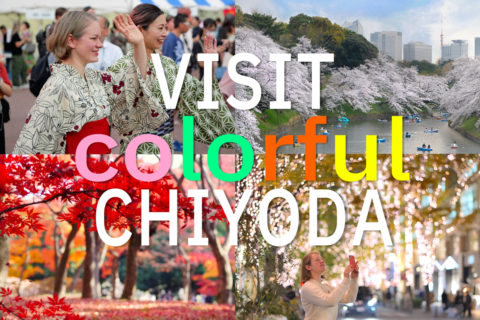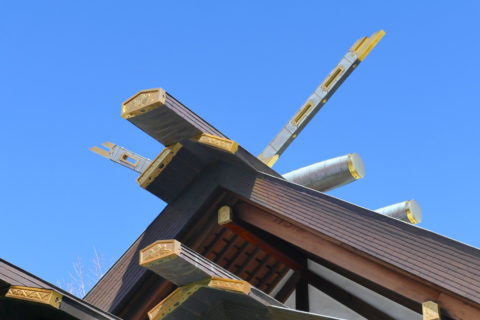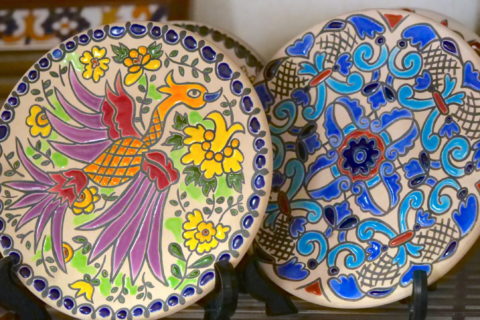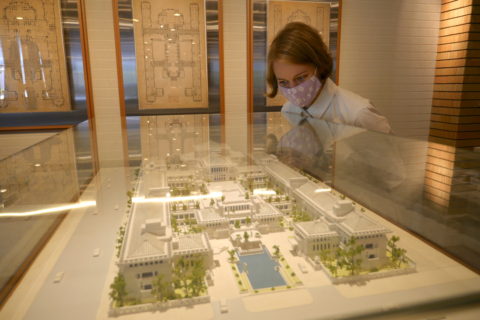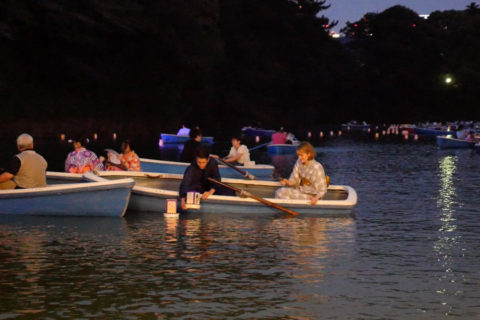
The center of Tokyo is adorned with both historical and modern buildings, creating a captivating area for an architectural stroll where you can experience the old and new simultaneously. Chiyoda City (Chiyoda Ward) particularly boasts numerous intriguing structures, including the National Diet Building, the Imperial Palace, and Tokyo Station. In this article, I, Marei, the editor-in-chief, along with my family visiting from Germany, will guide you on an architectural walk.
Content
The National Diet of Japan
The Diet Building in Nagata-cho was constructed over a span of 17 years, from 1920 to 1936. Open to the public, the National Diet Building offers tours, allowing visitors to observe the proceedings. English tours of the House of Representatives are also available, providing a valuable experience to learn about Japanese politics while appreciating the building’s magnificent architecture.

The most breathtaking part of the tour was the central hall, located directly below the tower section of the Diet building. It is an elegant structure with mosaics on the floor, light streaming in through stained glass windows, and murals representing the four seasons.
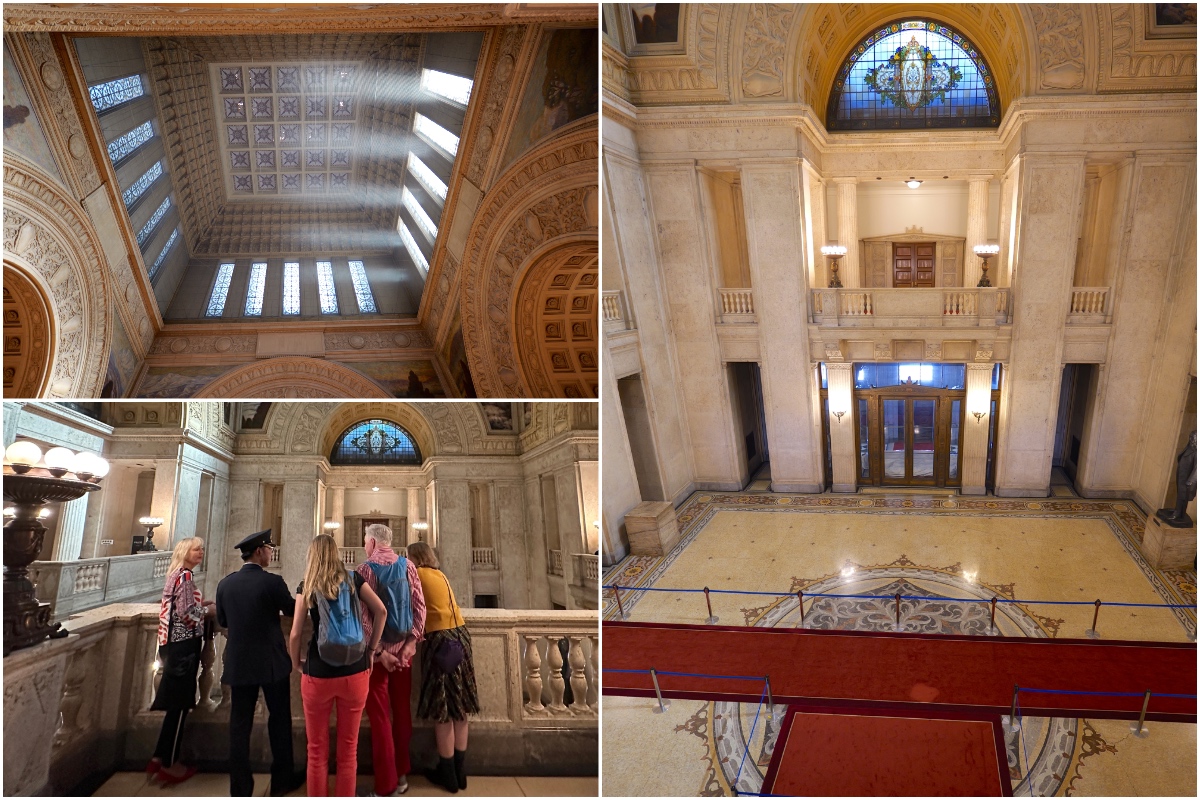 The plenary hall of the House of Representatives is also open to visitors.
The plenary hall of the House of Representatives is also open to visitors.
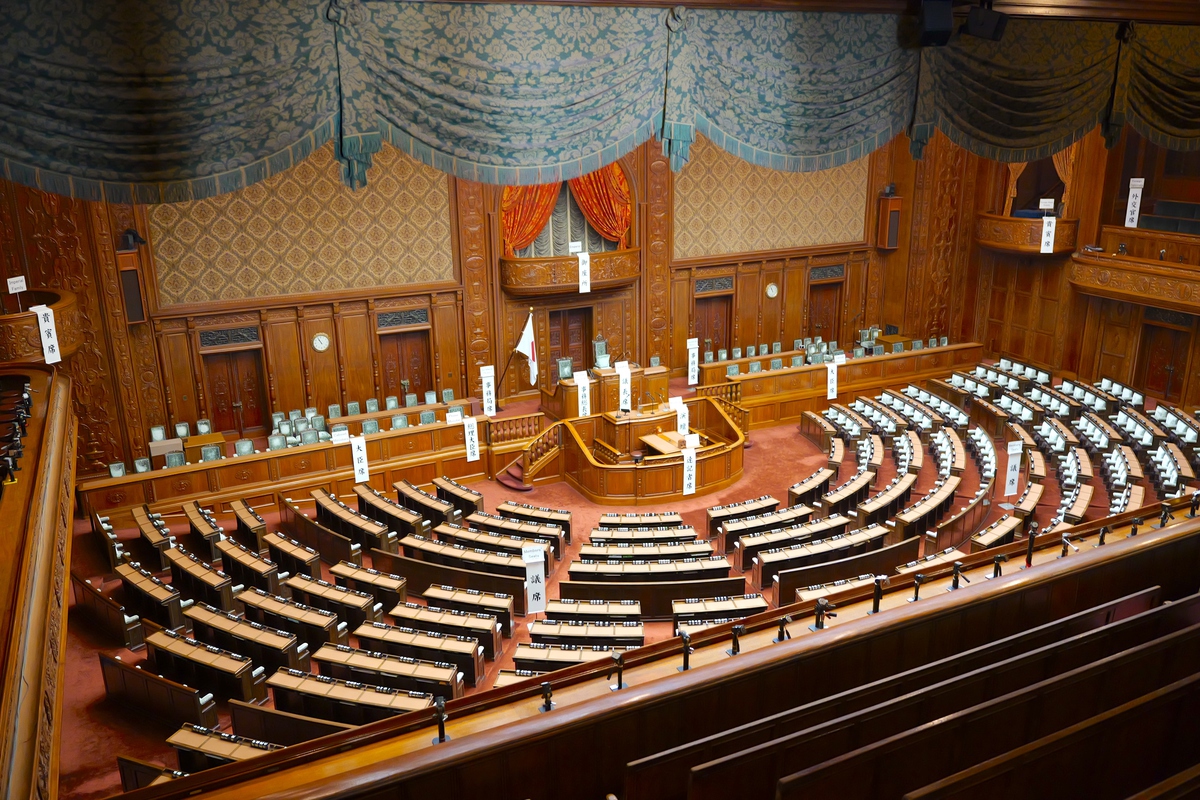
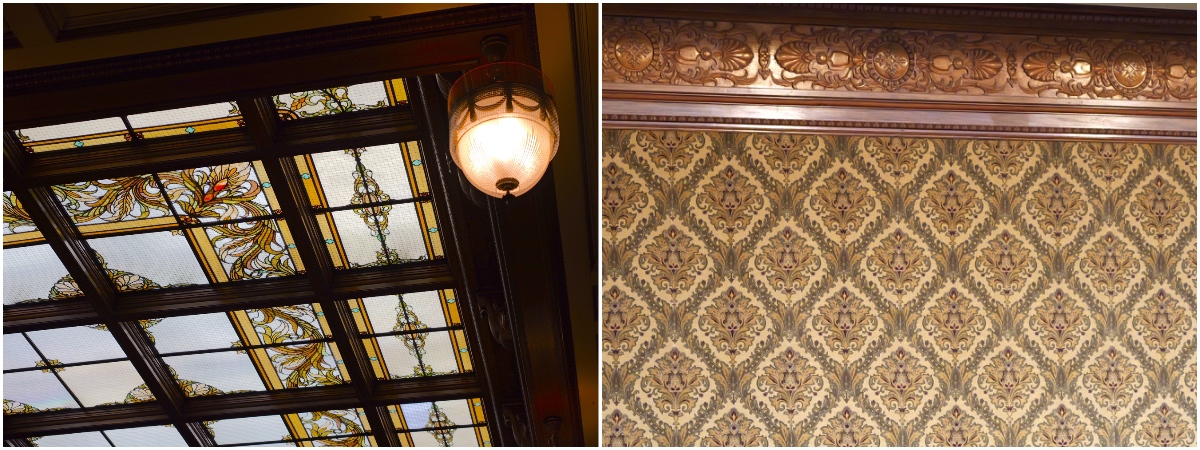
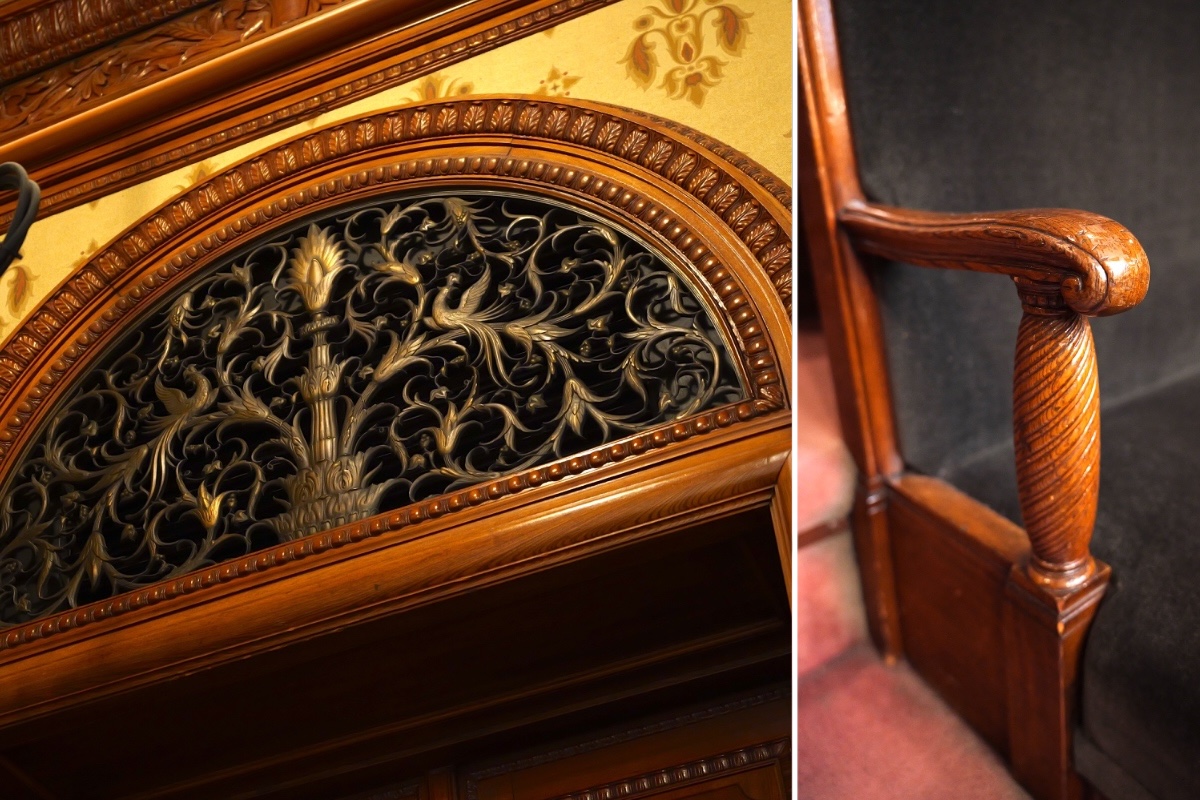
For special occasions when the Emperor of Japan and members of the Imperial Family visit the Diet building, there are luxurious rooms known as the “Emperor’s (Resting) Room” and the “Imperial Family Room.”
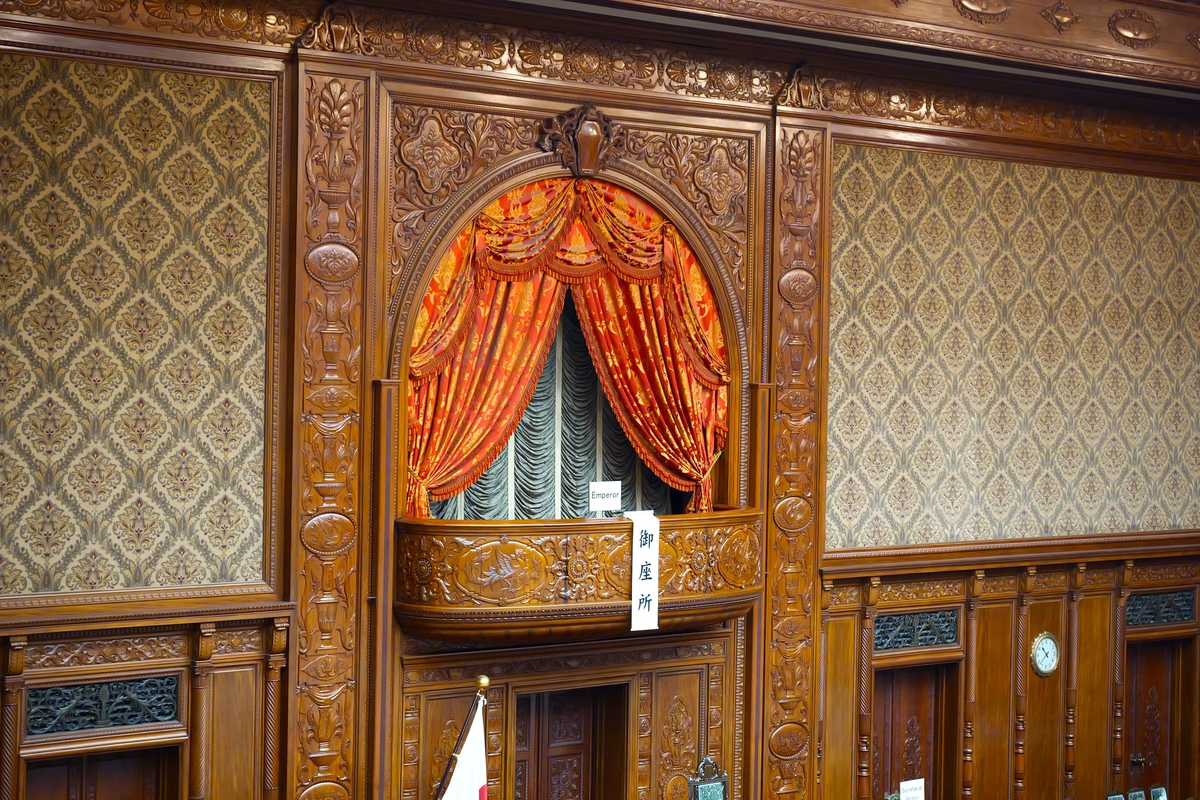
The “Emperor’s Room” is for His Majesty the Emperor when he gives an address at the Opening Ceremony of the Diet. The “Gokyusho” comprises about one-tenth of the total construction cost of the Diet and is a magnificent structure made of Japanese-style materials and techniques.
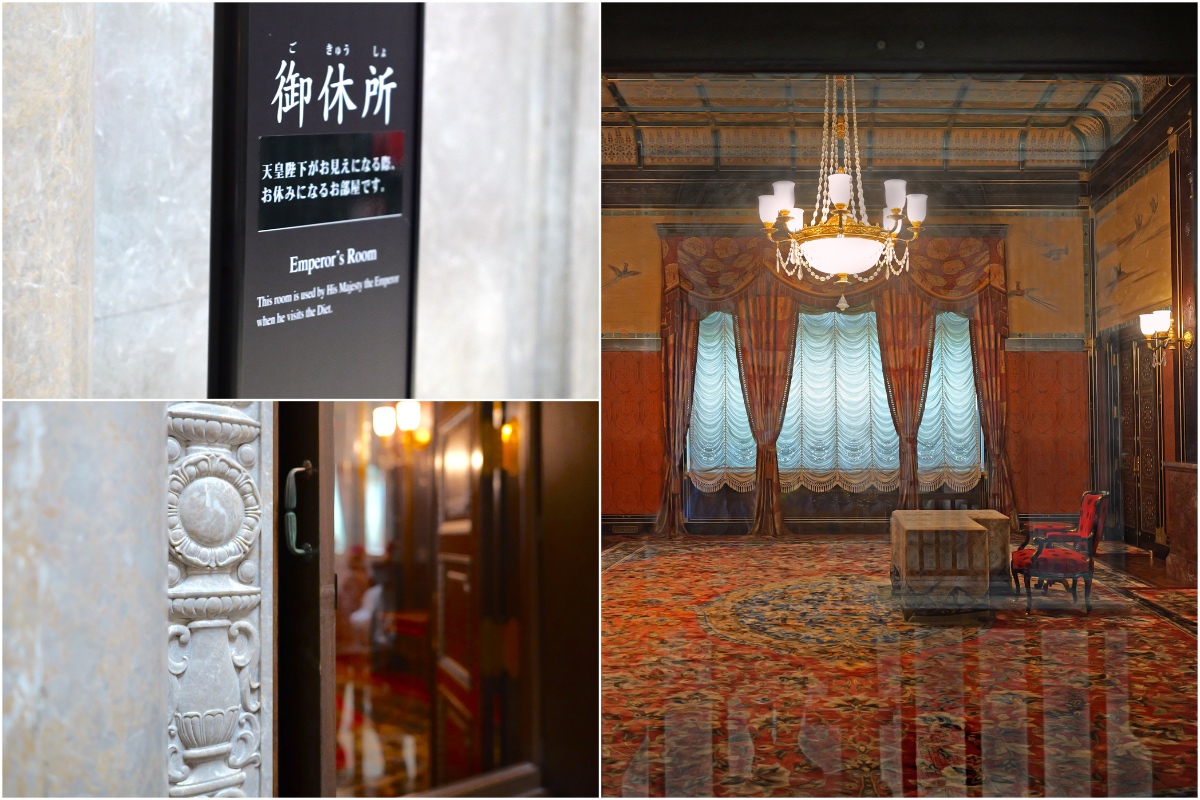
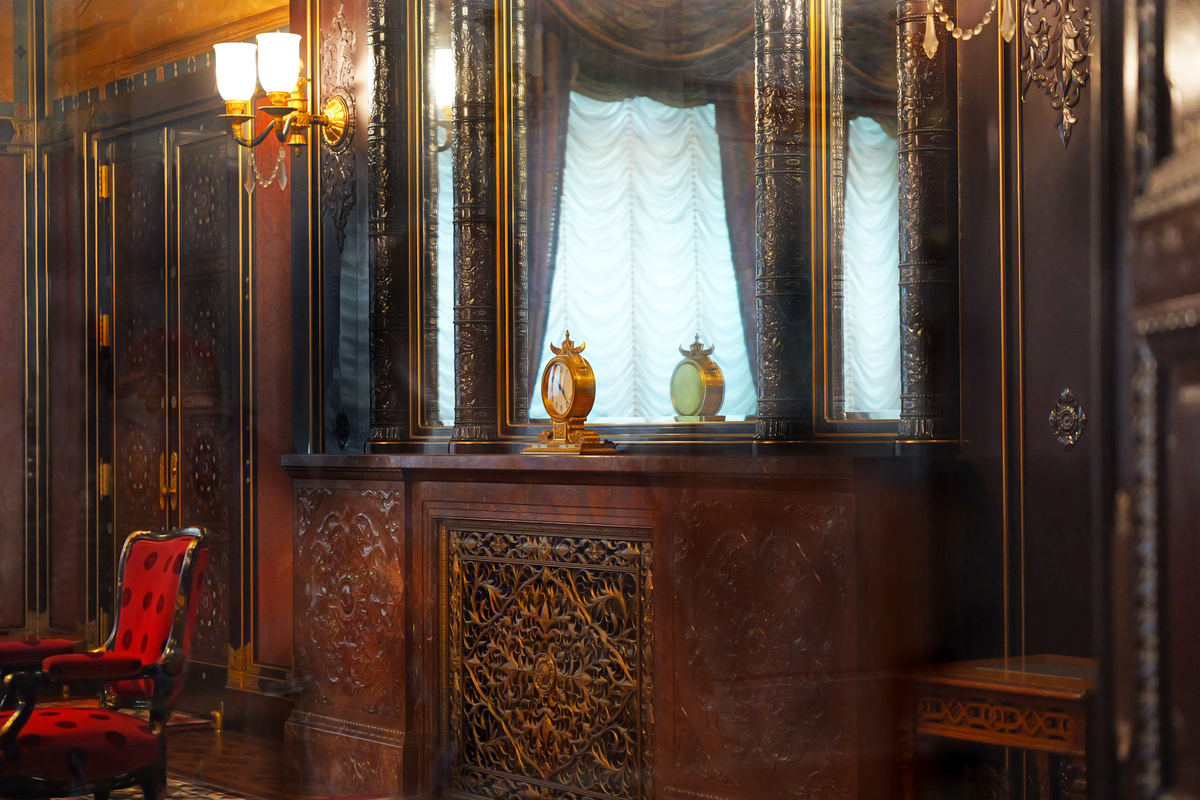
The National Diet of Japan
1-7-1 Nagata-cho, Chiyoda-ku, Tokyo
Google Maps: https://maps.app.goo.gl/U2r27mQNT6X3B4REA
Apply for a tour of the House of Representatives in English: https://www.shugiin.go.jp/internet/itdb_english.nsf/html/statics/guide/tours.htm
Sakuradamon Gate and Nijubashi Bridge
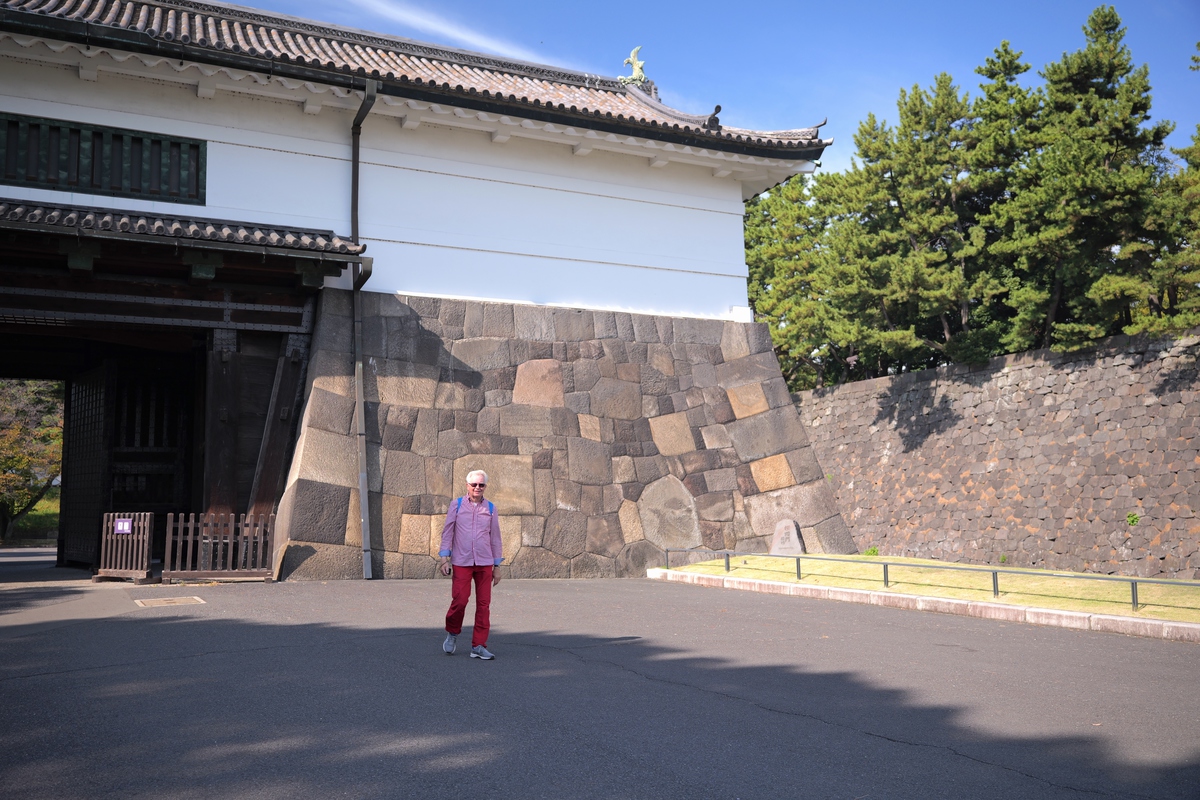
Exiting the main gate of the Diet Building and descending the slope, you will join Uchibori-Dori Street, which follows the moat of the former Edo Castle. A little further on is Sakurada-mon Gate, which has remained from the Edo period. If you pass through the two gates and turn left, you can see stonewalls from the Edo period and the Nijubashi Bridge over the main gate of the Imperial Palace.
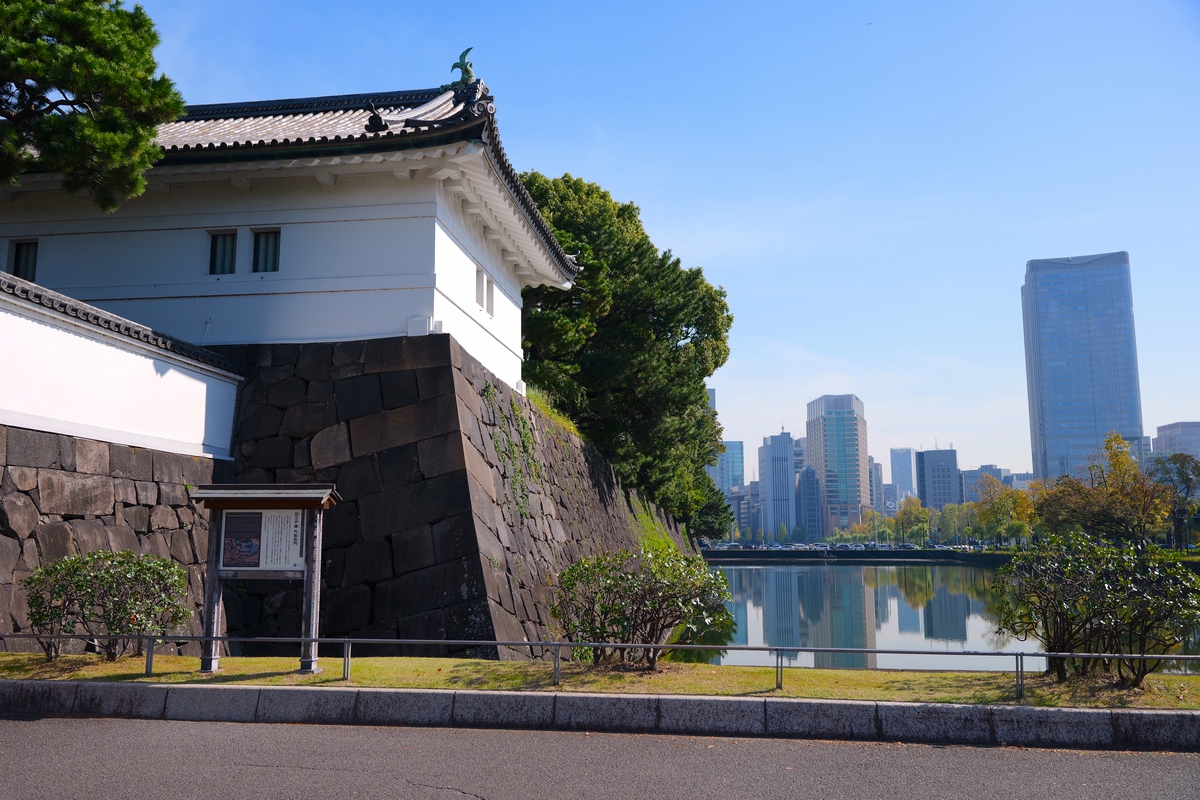
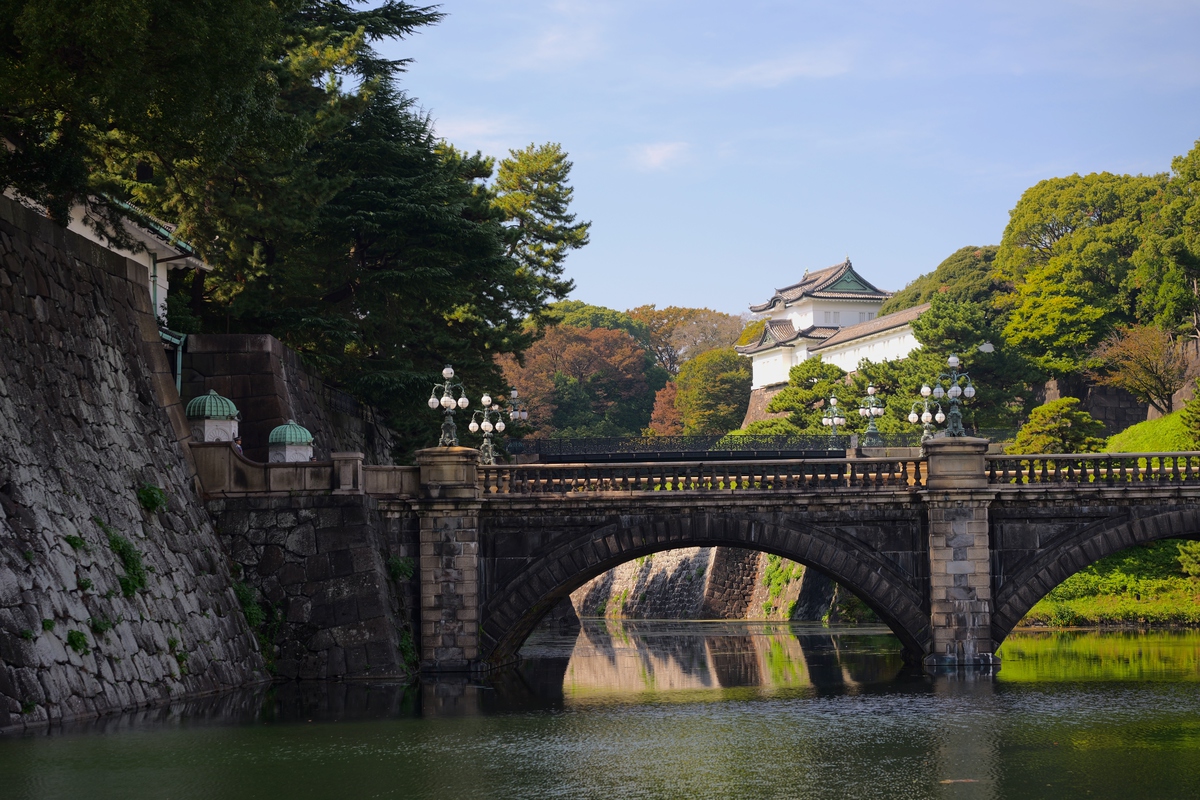
Sakurada-mon Gate
1-1 Kokyo-Gaien, Chiyoda-ku, Tokyo
Google Maps: https://maps.app.goo.gl/qC39grQc6BPqsdoy9
Seimon Testubashi (Iron) Bridge (Nijubashi)
1-7 Chiyoda, Chiyoda-ku, Tokyo
Google Maps: https://maps.app.goo.gl/gwQcxemG6mdzQDUv8
The Imperial Hotel Tokyo
The Imperial Hotel Tokyo will celebrate its 133rd anniversary in November 2023. Opened in 1890 as a guesthouse for Japan, the Imperial Hotel was originally situated in Hibiya, near the Imperial Palace. The former main building, the Wright Pavilion, was designed by American architect Frank Lloyd Wright (1867-1959) and completed in 1923. Unfortunately, it was torn down in 1967 due to aging but remains one of the most famous buildings in Japan.
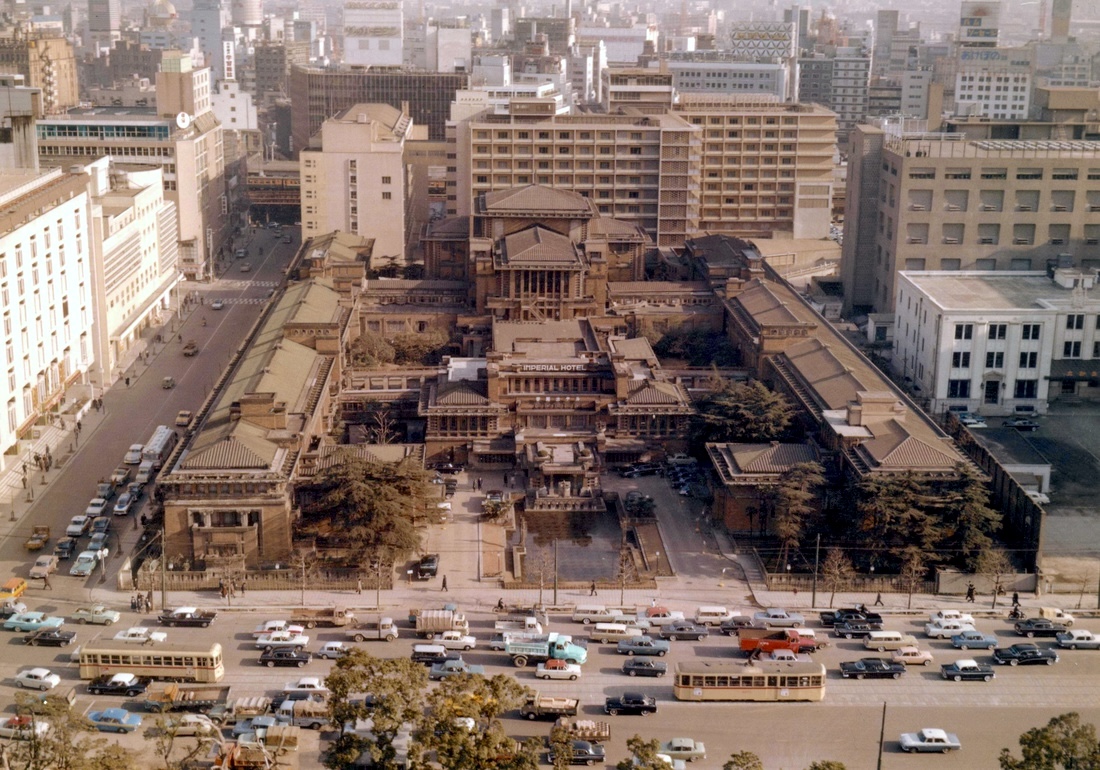
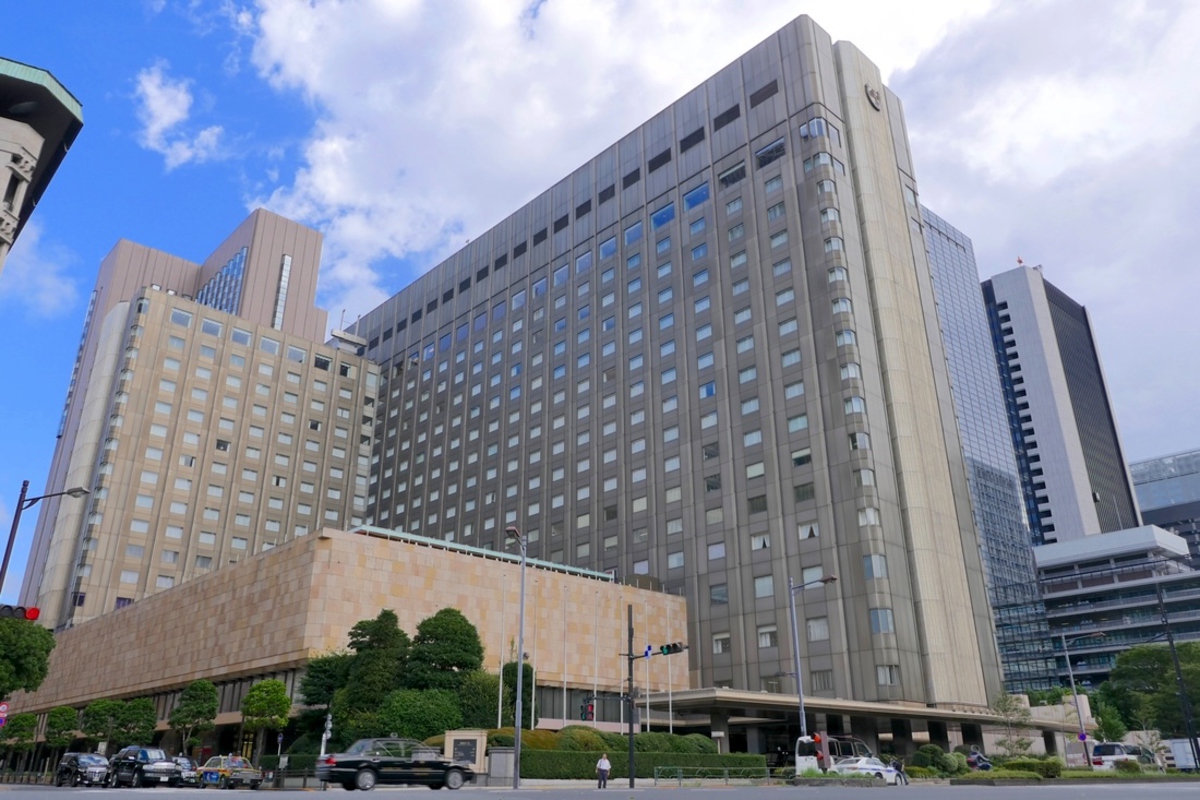
Visitors can explore the history of the Imperial Hotel, including the architecture of the Wright Building, in the exhibition space on the first floor of the Imperial Hotel Tokyo. It is a must-visit for architecture enthusiasts. Please stop by!
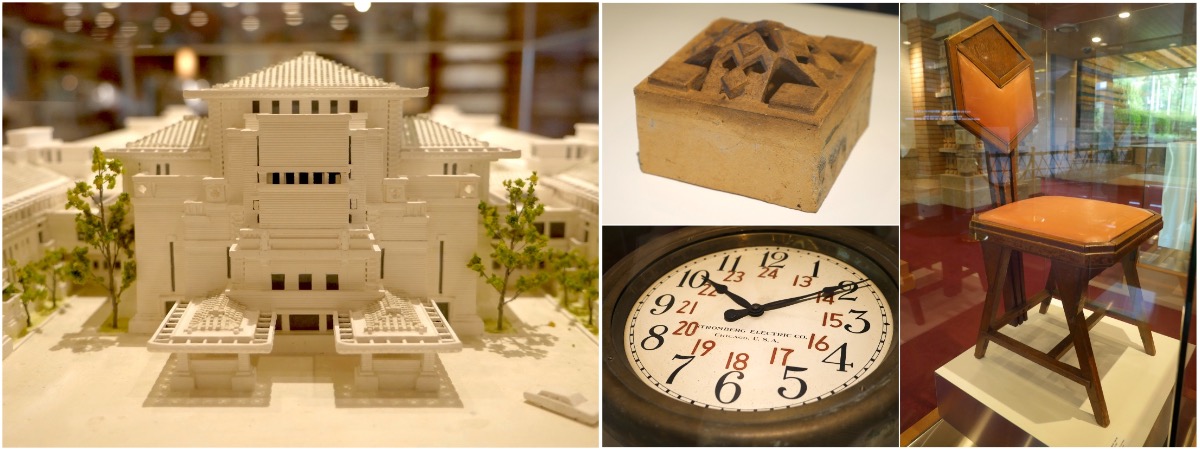
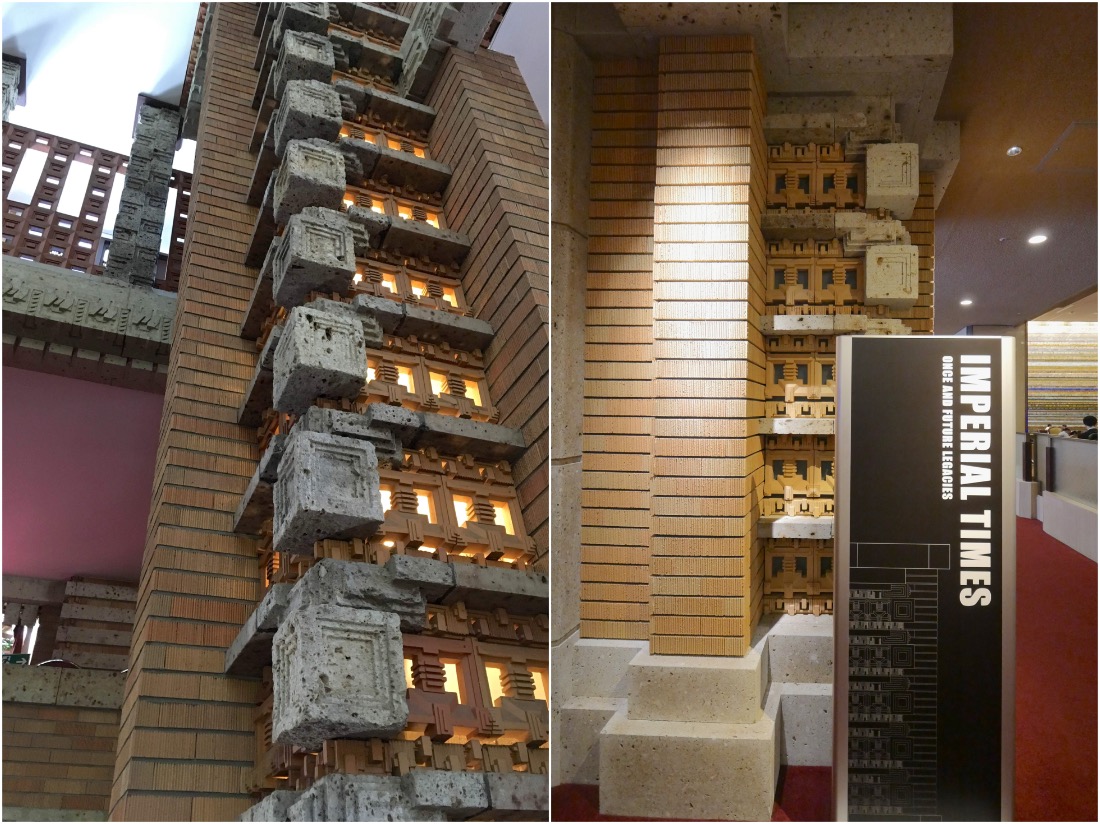
The Imperial Hotel Tokyo
Official Website
1-1-1 Uchisaiwai-cho, Chiyoda-ku, Tokyo
Google Maps: https://goo.gl/maps/gpf4qbacz8JeJwa68
Tokyo Station & Marunouchi Area
In front of Tokyo Station, numerous buildings exhibit distinctive shapes, clearly divided into low-rise and high-rise sections. When this area was first developed, the old Building Standard Law regulated building heights to about 31 meters (100 feet). Recent redevelopment has embraced a design that preserves the remnants of those days, transforming the Marunouchi side of Tokyo Station into a new streetscape.
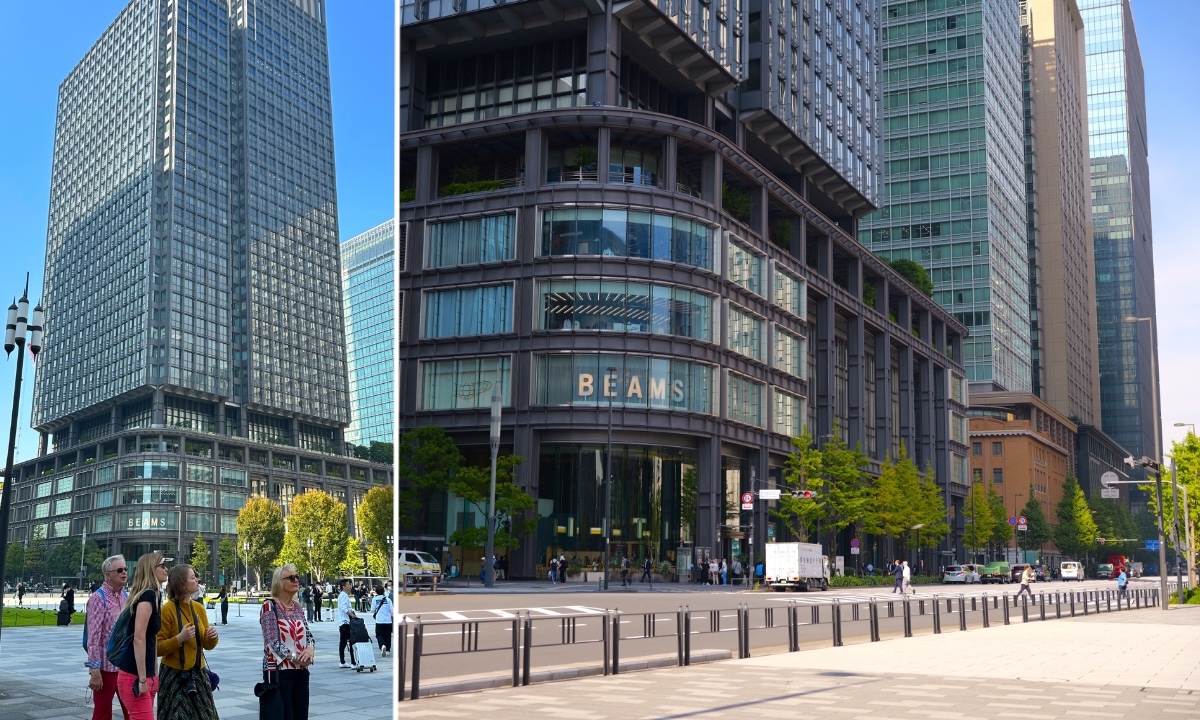
The red-brick Tokyo Station is also spectacular and is designated as a National Important Cultural Property. The year 2012 marked the completion of renovation work, and the new station building recreates the original design from its construction in 1914.
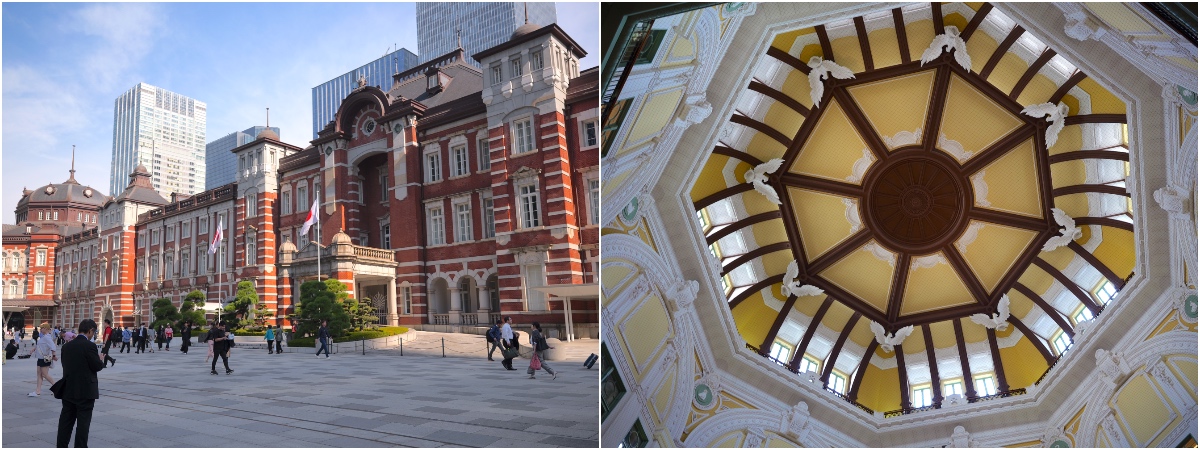
Tokyo Station
1 Marunouchi, Chiyoda-ku, Tokyo
Google Maps: https://maps.app.goo.gl/UbgXNaHviP4EgbKT7
In central Tokyo, various buildings showcase different architectural styles, with traces of the Edo period still intact, revived to their old appearance like Tokyo Station, or reborn in a new form like the Imperial Hotel. On a sunny day, please take an architectural walk to enjoy the old and new!


